Easy Pasteis de Nata (Portuguese Custard Tarts)
Discover the authentic delight of the Portuguese pasteis de nata with this easy recipe. Crunchy and creamy, this Portuguese delicacy will surely delight the taste buds. Perfect for breakfast or dessert, pastel de nata is a sweet joy that will transport you to the picturesque streets of Lisbon.

Looking for more special, traditional desserts made easy? Check out my Vegan Apple Strudel, Apple Streusel Cake, Chocolate Magic Custard Cake, Vegan Crème Brûlée Cheesecake Bars.

History and tradition of the authentic pasteis de nata
The history and tradition of pasteis de nata is deeply rooted in Portuguese culture and has origins dating back more than two centuries. These delicious cream tarts were originally created in the monasteries of Lisbon, in the 18th century, by the monks of the Jeronimos Monastery. The word “nata” means “cream” in Portuguese, and the original pastel de nata recipe includes a delicious mixture of eggs, sugar, cinnamon and milk or cream.
According to legend, the pasteis de nata recipe was originally created by monks to use the surplus eggs from their farms and to support their finances. This dessert enjoyed immense success and quickly became a symbol of Portuguese cuisine, being appreciated by locals and tourists alike.
Over the years, pasteis de nata have become an iconic element of Portuguese culinary heritage and are now available in numerous patisseries and cafes throughout the country. They are often eaten as delicious snacks or desserts during breakfast, along with a cup of Portuguese espresso coffee. Today, these custard tarts are appreciated globally for their unique taste and rich history.
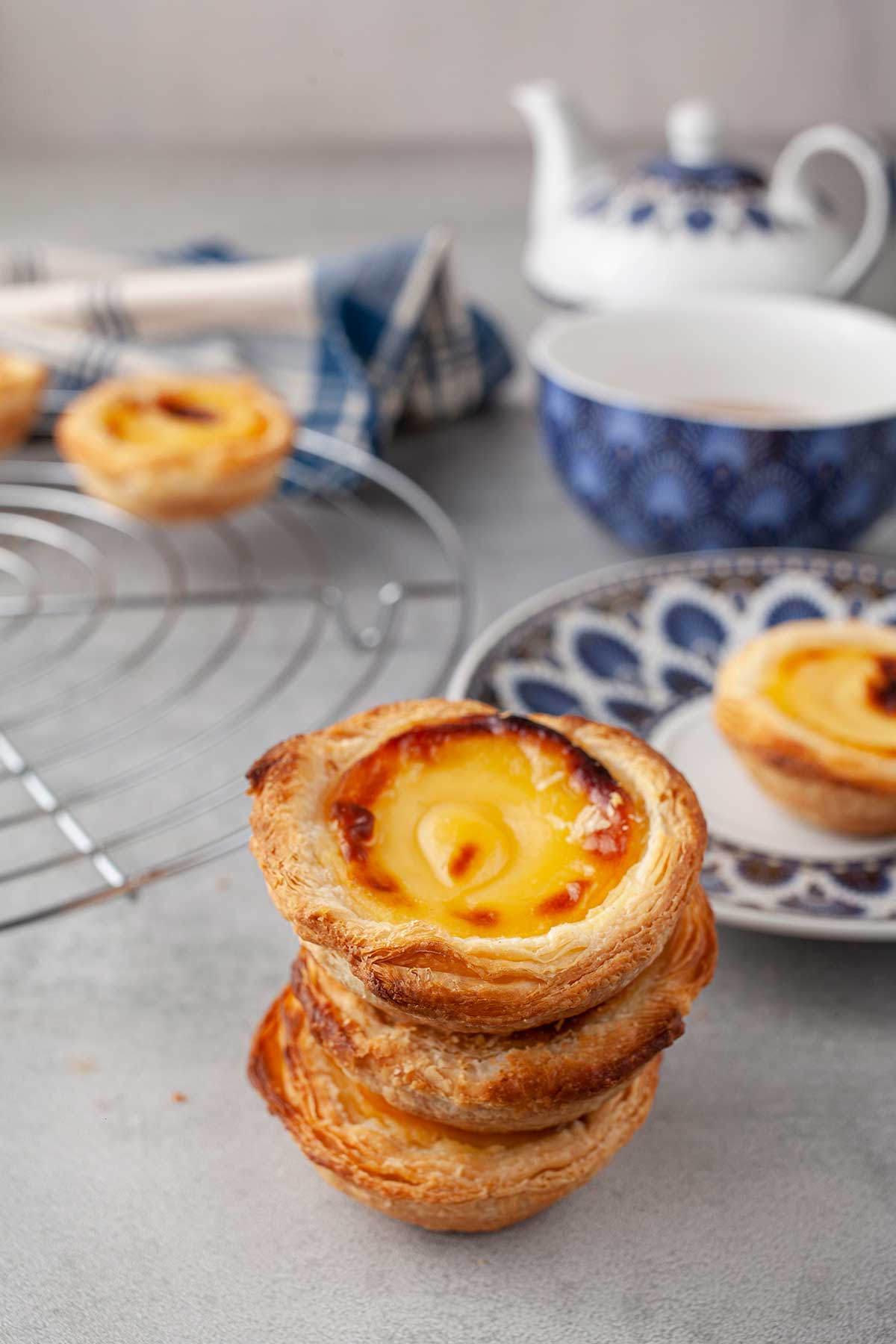
Techniques and tricks for the perfect Portuguese custard tarts
To get the perfect cream pastels, follow these tips and tricks that will help you get a creamy and crunchy texture:
- Working with the dough: Use a quality puff pastry or prepare it at home to get the best result. Make sure that the dough is stretched thinly and evenly to create the crispy and delicate shell of the pastel.
- Cooling the dough: After you have stretched the dough in the tart forms, let it cool in the refrigerator for at least 30 minutes before filling and baking. This will help maintain the shape and prevent the filling from leaking during baking.
- The perfect filling: To get a creamy and aromatic filling, mix eggs, sugar and cinnamon in a bowl and add milk or cream gradually, stirring continuously. Make sure that the filling is homogenized and without lumps for a uniform result.
- Baking at the right temperature: Bake the pastels at a high temperature (about 220°C) to get a crispy and golden crust while the filling remains creamy and soft.
- Even baking: Rotate the baking trays halfway through the baking time to ensure even baking of the pastels and to avoid burning or excessive browning on one side.
- Cooling and serving: Let the pastels cool slightly in their molds for a few minutes before removing and serving. Sprinkle them with ground cinnamon or powdered sugar before serving for extra flavor and appearance. Enjoy these Portuguese delicacies with a cup of coffee or an aromatic tea for an unforgettable experience.
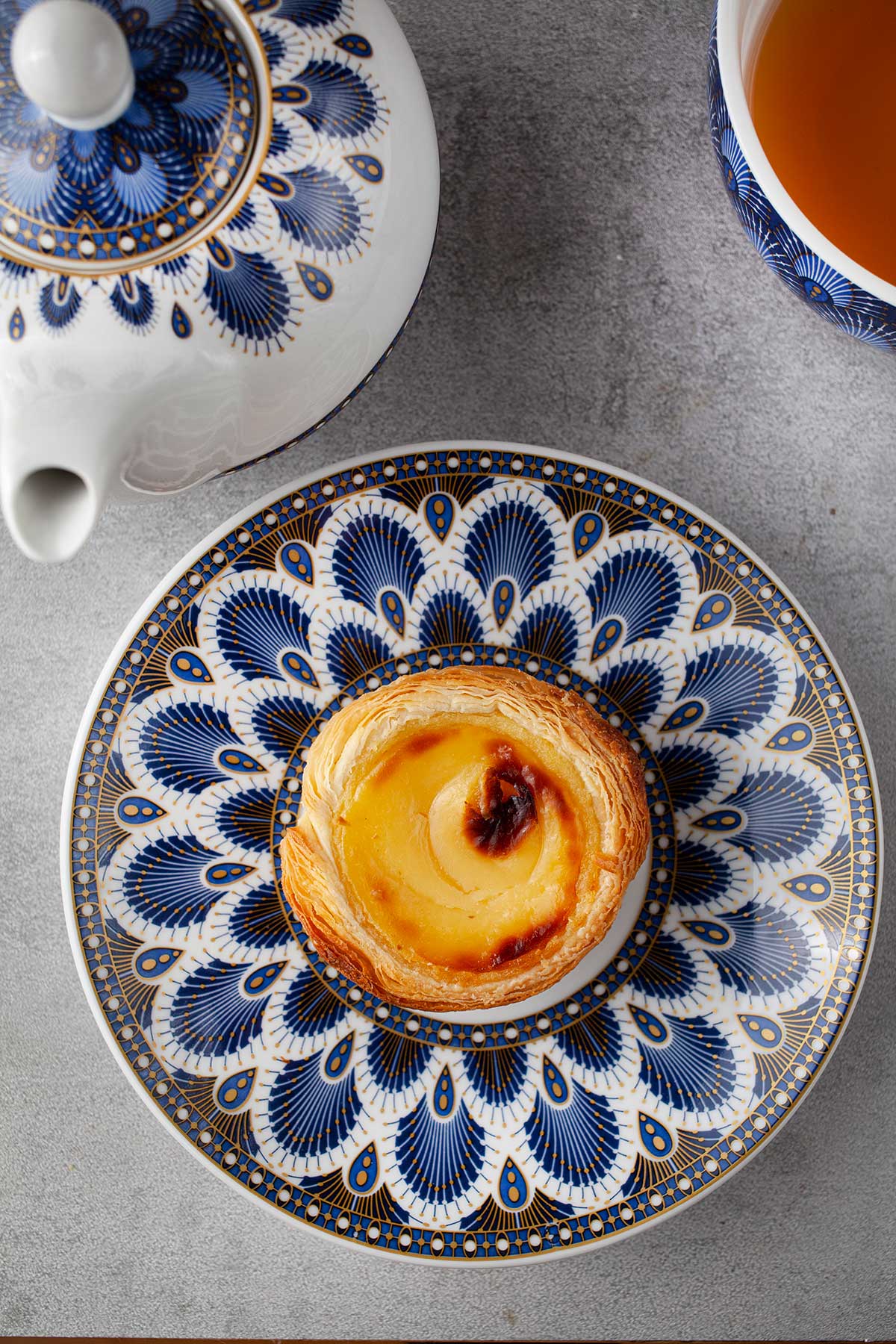
Variations and customizations for egg custard tarts
Here are some suggestions for variations and customizations for the Portuguese tarts recipe, which will encourage creativity and offer different options for individual tastes:
- Egg Custard tart with cinnamon and vanilla: Add vanilla essence to the filling and sprinkle ground cinnamon over the baked pastry for a rich and sweet aroma.
- Pasteis de nata with berries: Incorporate small pieces of fresh or frozen berries into the filling for a slight contrast between the sweetness of the fruit and the creaminess of the pastry.
- Pasteis de nata with caramel: Add caramel sauce or caramel jam to the top of the pastel before baking for a rich flavor and a crunchy and sticky texture.
- Pasteis de nata with chocolate: Mix small pieces of dark chocolate or milk chocolate in the filling for an intense and decadent taste of chocolate.
- Vegan Pasteis de nata: Replace eggs and cow’s milk with vegan alternatives, such as oat milk or rice milk and flax or chia eggs, to create delicious and environmentally friendly Pasteis de nata.
- Custard tart with spices: Add a pinch of cinnamon, nutmeg or cardamom to the filling for added depth and complexity of flavor.
Experiment with these variations and customizations to discover new and delicious custard pasteis combinations that will satisfy your appetite and impress your guests!


Easy Pasteis de Nata (Portuguese Custard Tarts)
Ingredients
- 2 eggs whole, large
- 3 egg yolks
- ½ cup sugar
- 1 teaspoon pure vanilla extract
- ⅓ cup whole milk
- ⅔ cup liquid cream
- 1 sheet puff pastry
- 2 tablespoons flour
- 1 tablespoon butter
Instructions
- In a bowl, beat eggs and yolks until you get a foamy and homogeneous composition.
- Add sugar, vanilla, milk and liquid cream. Mix until homogeneous.
- Cover the bowl with a plastic wrap and put it in the refrigerator for an hour.
- Heat the oven to 250 C (482F).
- Sprinkle the work table with flour and roll out the puff pastry.
- Then roll it and cut it into slices of about 1 cm.
- Butter the cupcake pan. Take a slice of the cut dough and flatten it in the palm of your hand, giving it the shape of a disk or spread it with the rolling pin, then arrange it in the form of cupcakes (this will serve as the base for the cake).
- Cover the tart forms with foil and put them in the fridge for 10-15 minutes.
- Then, pour the cream filling from the refrigerator into each tart (fill each tart about 70 percent) and bake for 15-25 minutes or until the dough is cooked and turns golden on the edges, and the cream is hardened and has caramelized spots on the surface.
- After removing the tray from the oven, leave the tarts for at least 5 minutes to cool in the form, then remove them from the baking form and let them cool on a grill.
If you make this, please leave a review and rating if you liked this recipe! ★★★★★

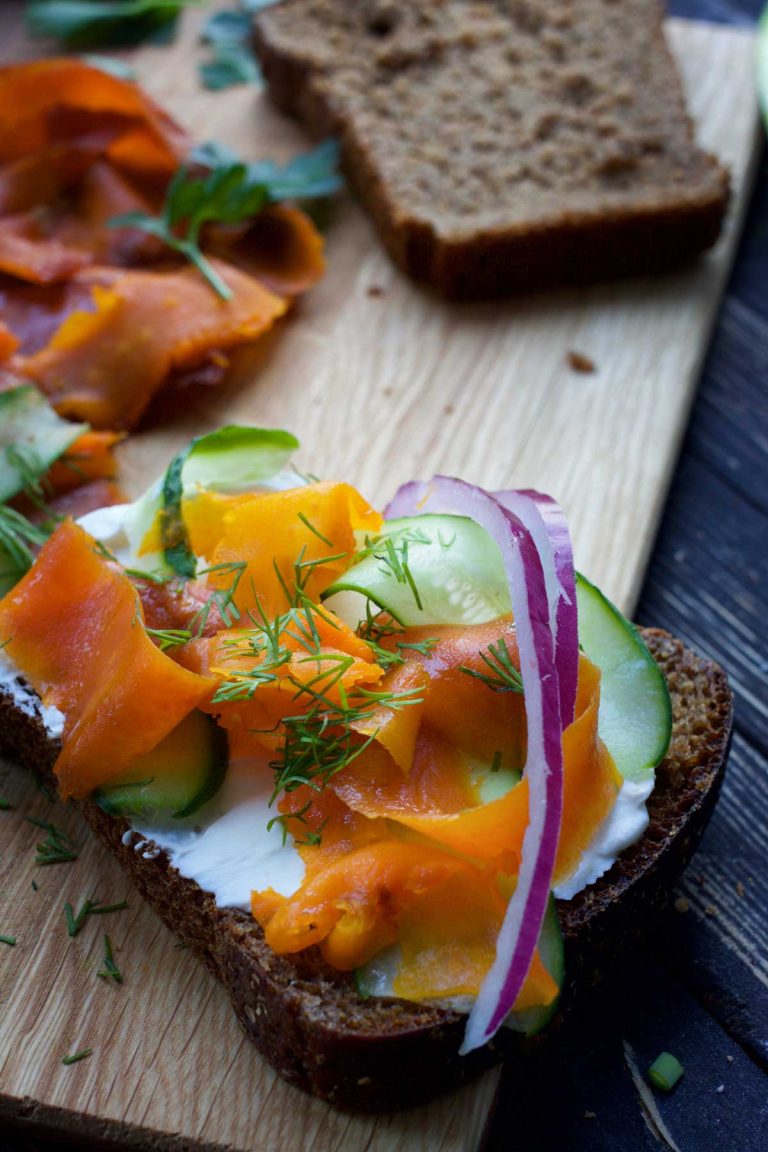
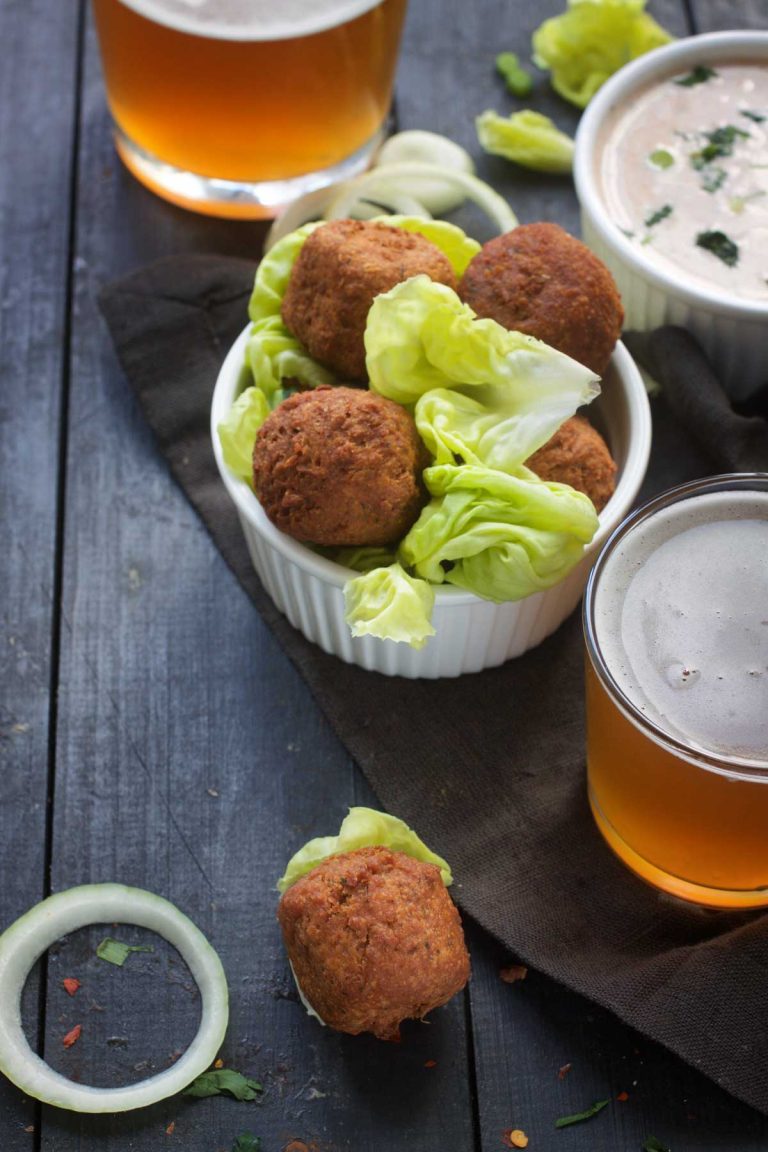
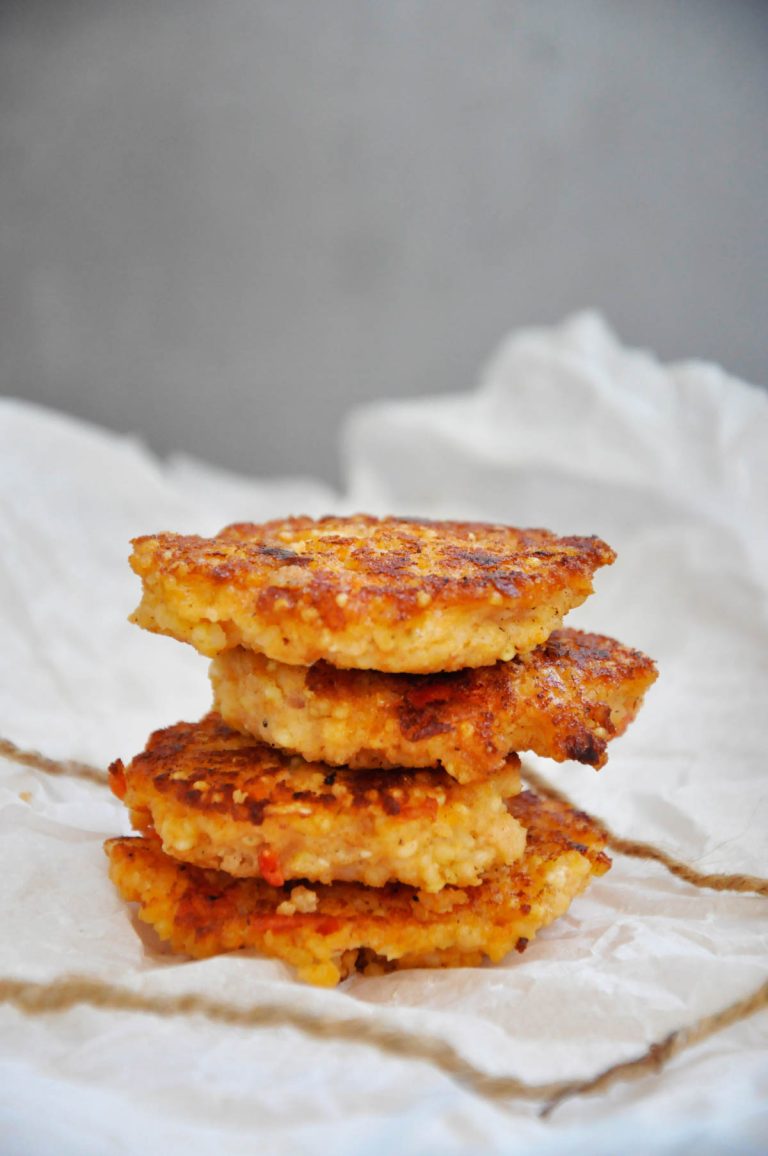
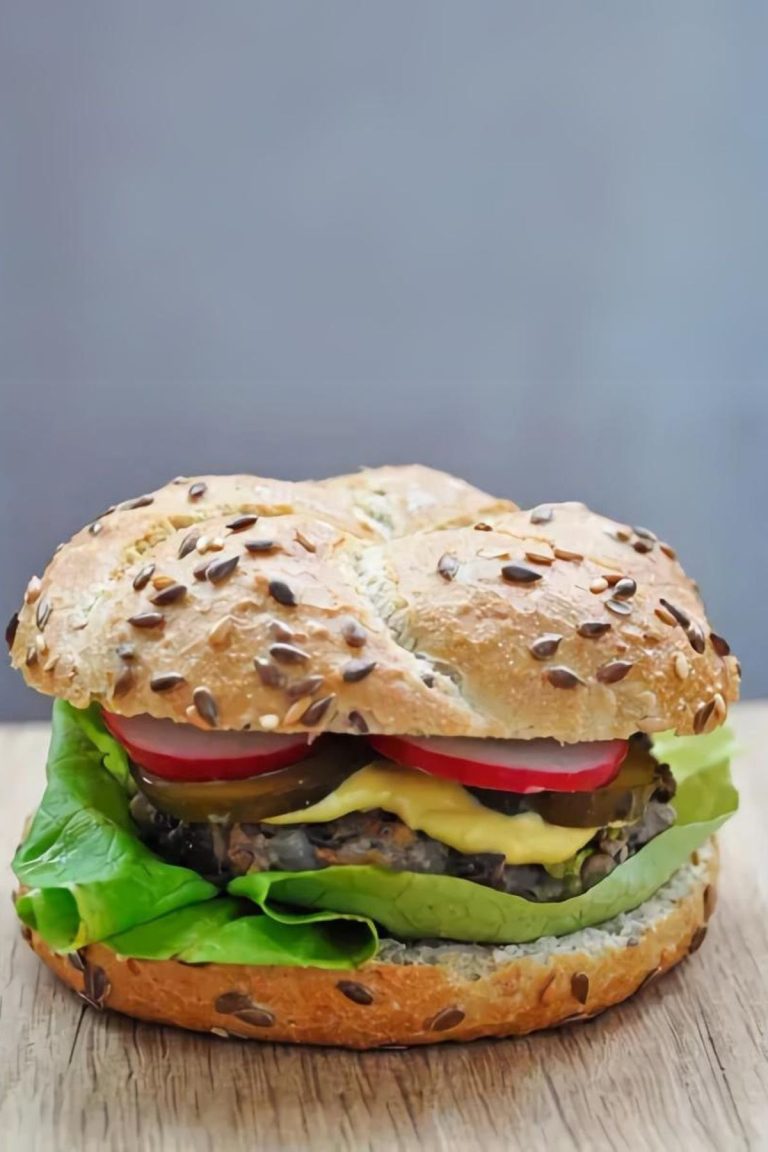
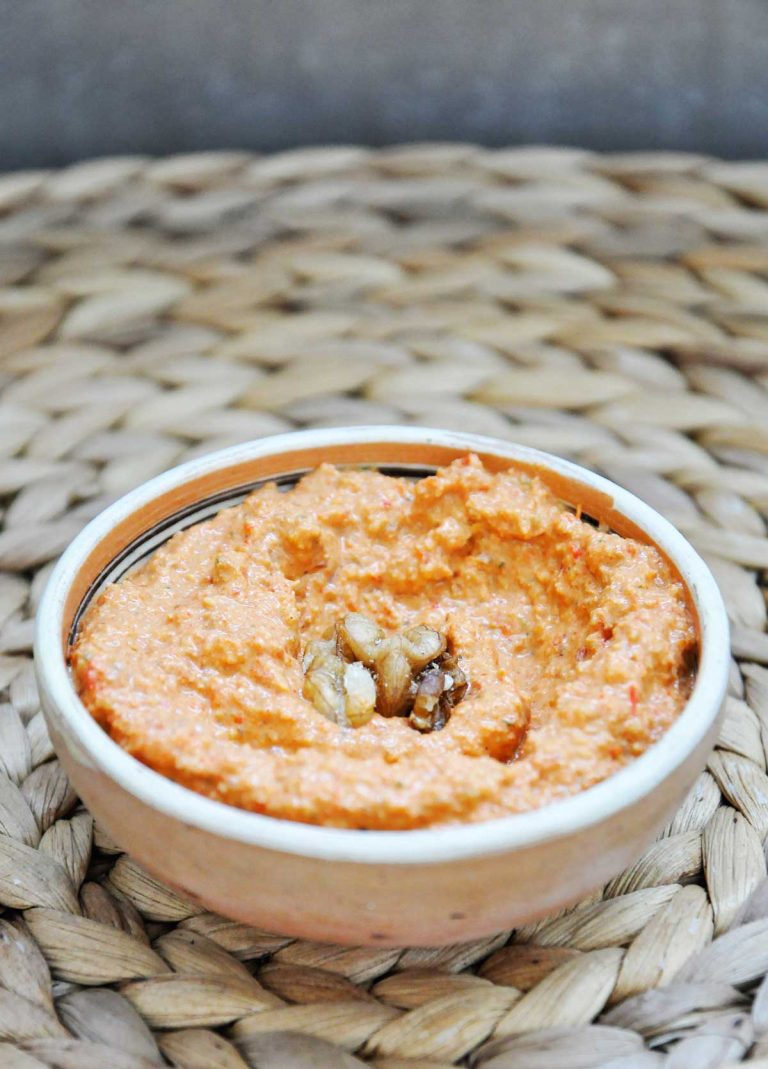
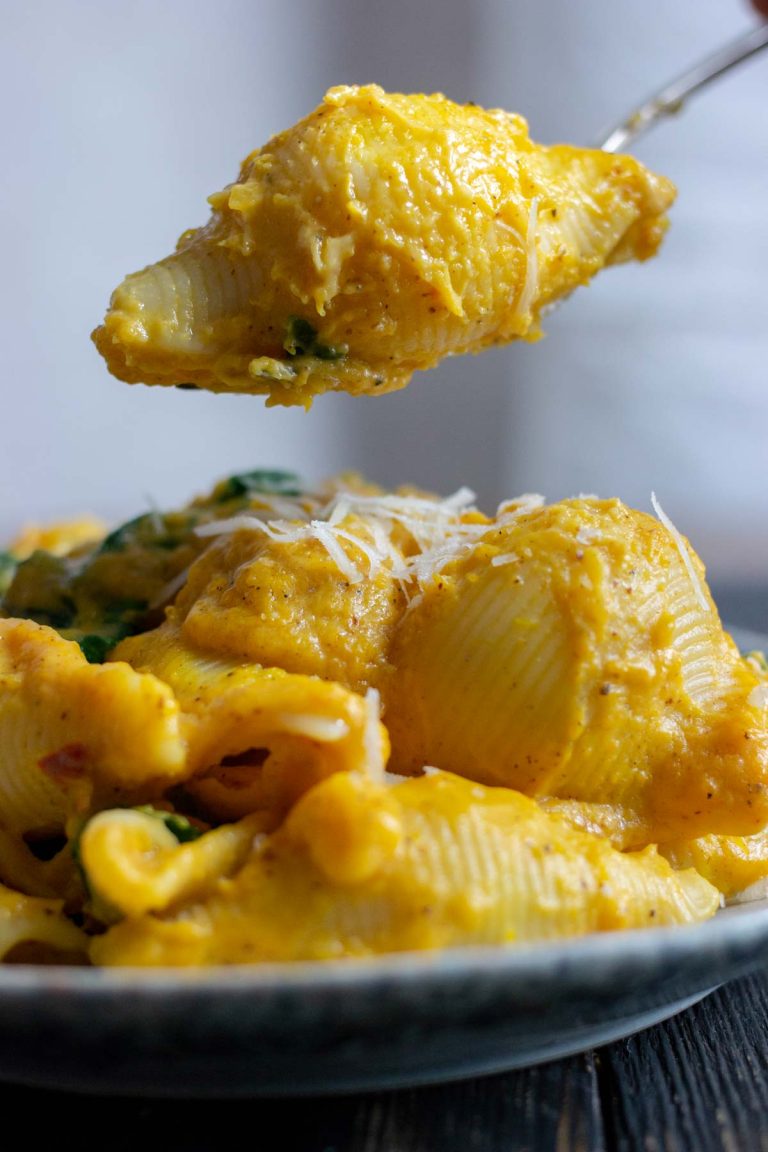
I love pasteis!